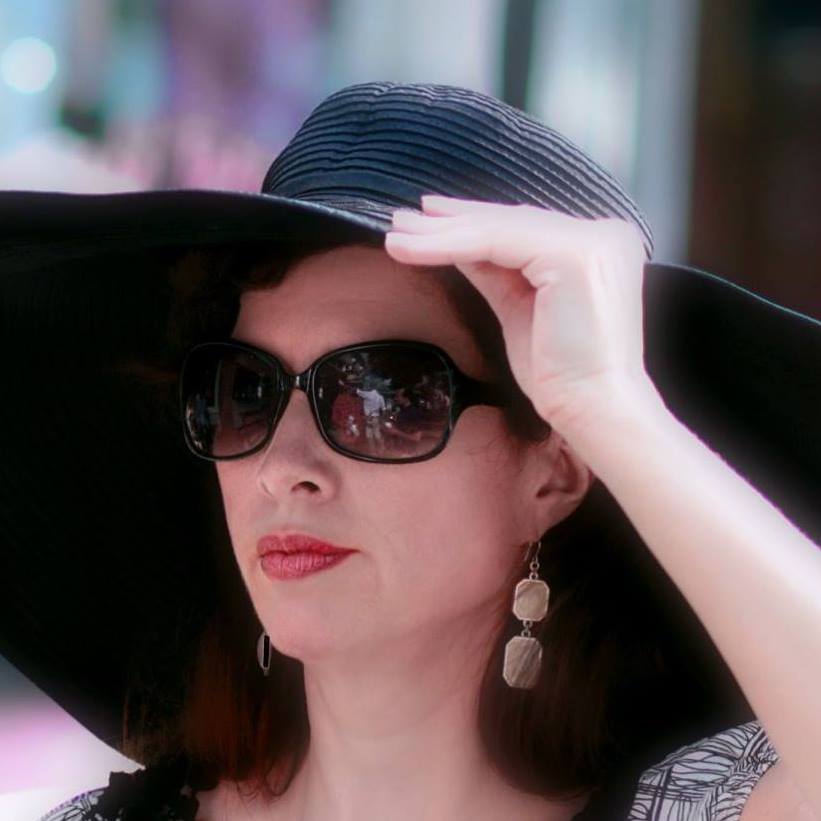Two months ago, we received revelatory information from TxDOT about the Trinity Toll Road: Project Pegasus — the transportation project that will rebuild and add capacity to Lower Stemmons, the Canyon, and the Mixmaster/Horseshoe — could be constructed without the Trinity Toll Road.
Given today’s reality of limited transportation dollars, it is doubtful that both the Trinity Toll Road and Project Pegasus will both be funded anytime in the near future. We will be lucky if we are able to construct one of these projects. With this in mind, the question is, which project should be built first?
Councilmembers Sandy Greyson, Scott Griggs, and I sought to answer this question, and a month ago, we requested very specific data from TxDOT to compare the projects. We asked for data for five build scenarios: Current Conditions (2010) and four future conditions – No Build, Both Built, Trinity Only, and Pegasus Only. We requested that all responses be based on previously produced documents and that no new data be created (in an attempt to avoid data manipulation).
Mayor Rawlings passed on our request to TxDOT. Afterwards, it was announced that the NTTA and the Regional Transportation Council — both staunch Trinity Toll Road advocates — would “assist” TxDOT in gathering the data.
We received the underlying data earlier this week and began to thoroughly analyze it.
TxDOT’s data shows that Project Pegasus is superior to the Trinity Toll Road in every metric – it moves more cars, faster, with less congestion, for less money:
| Project Pegasus Only | Trinity Toll Road Only | |
| Add’l Cars Moved | 126,033 to 260,900* | 100,000 to 142,000 |
| Average Speed | 35 mph | 30 mph |
| Level of Service | D-F on Lower Stemmons
F on Horseshoe F on Canyon |
F on Lower Stemmons
F on Horseshoe F on Canyon D-E on Trinity Toll Road |
| Congestion Hours | 44,917 | 67,982 |
| Lane Miles at Level of Service “F” | 46% | 49% |
| Cost | $602 M to $1.2 B** | $1.47 B |
But you wouldn’t know that Pegasus is the superior project by reading TxDOT’s accompanying narrative and the two charts that purport to “summarize” the back-up data. The narrative and summary charts conclude that the Toll Road is the better project. The summary and charts are misleading, inaccurate, and they don’t reflect the conclusions of the underlying data.
Here are the major problems with TxDOT’s narrative and summary charts:
- Their fundamental flaw is using the wrong build scenario to draw their conclusions. They use the “Both Built” scenario instead of comparing “Trinity Only” to “Pegasus Only.” The Both Built scenario reduces the impact of Project Pegasus since some of the cars are traveling on the Trinity.
- They compare the roads’ hypothetical capacity instead of the actual traffic that the roads are projected to carry. This inflates the Trinity’s impact because its capacity exceeds the actual traffic it will carry.
- They are inconsistent in their methodology for determining additional capacity of each road. To calculate how much additional capacity the whole system will have if both components – Trinity and Pegasus – are built, they take the SUM of the components: Trinity + Pegasus = Total System Capacity. BUT, to calculate how much additional capacity will be created by the Pegasus System, they AVERAGE the components: Lower Stemmons + Horseshoe + Canyon / 3 = Total Pegasus System Capacity. That significantly reduces the impact of Pegasus since the average is less than the sum.
- Lastly, when they calculate the overall cost of each project, they inflate the cost of Pegasus by including the already-funded Horseshoe project. This makes the Trinity appear cheaper by comparison.
When we use the proper scenarios (Trinity Only vs. Pegasus Only), use real traffic data, and a consistent methodology for determining added capacity/traffic, TxDOT’s own data indicates that Pegasus comes out ahead in every metric. That’s what makes TxDOT’s contradictory conclusions — and the mayor’s reliance on those conclusions — so troubling.
Deciding which project to build will impact Dallas’ transportation system for decades to come. It is far too important a decision to be based upon faulty, internally inconsistent, and biased information. For that reason, we ask the mayor to join us in calling for an independent analysis of TxDOT’s data.
__________________________________________________
*We calculated the added traffic of Project Pegasus using both methodologies used by TXDOT: For the low end, we averaged all three components; for the high end, we added the components (we excluded the Horseshoe to avoid duplicating cars already counted on Lower Stemmons and the Canyon).
**$1.2 B if the remainder of Project Pegasus is built (Canyon and all of Lower Stemmons from I-30 to 183); $602 M if only the Canyon and Lowest Stemmons (I-30 to Dallas North Tollway) are built.

 Wow.
Wow.

